The Robert F. Sibert Informational Book Medal is awarded annually to the author(s) and illustrator(s) of the most distinguished informational book published in the United States. The following selections include the Sibert Award Winners from 2015-2025.
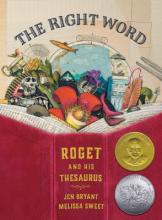
The story of "shy young Peter Mark Roget, [for whom] books were the best companions--and it wasn't long before Peter began writing his own book. But he didn't write stories; he wrote lists. Peter took his love for words and turned it to organizing ideas and finding exactly the right word to express just what he thought. His lists grew and grew, eventually turning into one of the most important reference books of all time.
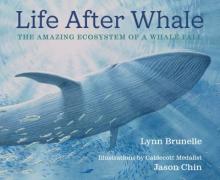
A book about the rich ecosystem that springs up around the death of a whale in the deep sea.
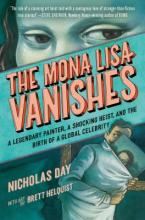
A narrative nonfiction about how the Mona Lisa was stolen from the Louvre, how the robbery made the portrait the most famous artwork in the world-and how the painting by Leonardo da Vinci should never have existed at all.
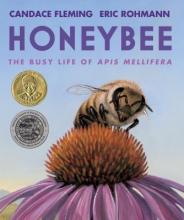
Describes the life cycle of the hard-working honeybee.
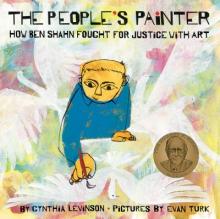
As an observant young child growing up in Lithuania, Ben Shahn yearns to draw everything he sees-and, after seeing his father banished by the Czar for demanding workers' rights, he develops a keen sense of justice, too. So when Ben and the rest of his family make their way to America, Ben brings with him both his sharp artistic eye and his desire to fight for what's right. As he grows, he speaks for justice through his art-from challenging classmates who bully him for being Jewish, to resisting his teachers' calls to paint beautiful landscapes in favor of painting stories true to life, to using his work to urge the US government to pass Depression-era laws that help people find food and security.
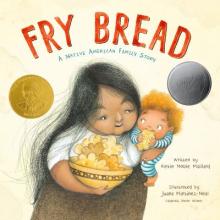
Using illustrations that show the diversity in Native America and spare poetic text that emphasizes fry bread in terms of provenance, this volume tells the story of a post-colonial food that is a shared tradition for Native American families all across the North American continent. Includes a recipe and an extensive author note that delves into the social ways, foodways, and politics of America's 573 recognized tribes.
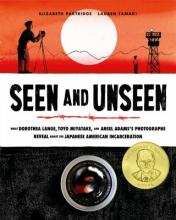
Legendary photographers Dorothea Lange, Toyo Miyatake, and Ansel Adams all photographed the Japanese American incarceration, but with different approaches-and different results. This nonfiction picture book for middle grade readers examines the Japanese-American incarceration-and the complexity of documenting it-through the work of these three photographers.
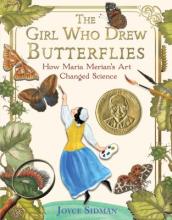
Newbery-Honor winning author Joyce Sidman explores the extraordinary life and scientific discoveries of Maria Merian, who discovered the truth about metamorphosis and documented the science behind the mystery in this visual biography that features many original paintings by Maria herself.
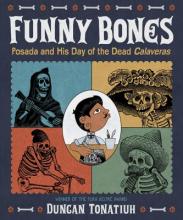
Funny Bones tells the story of how the amusing calaveras--skeletons performing various everyday or festive activities--came to be. They are the creation of Mexican artist José Guadalupe (Lupe) Posada (1852-1913). He continued to draw cartoons throughout much of his life, but he is best known today for his calavera drawings. They have become synonymous with Mexico's Día de los Muertos (Day of the Dead) festival. Juxtaposing his own art with that of Lupe's, author Duncan Tonatiuh brings to light the remarkable life and work of a man whose art is beloved by many but whose name has remained in obscurity.